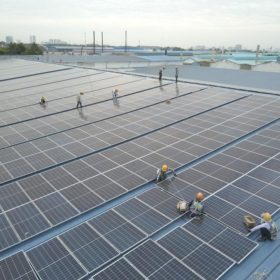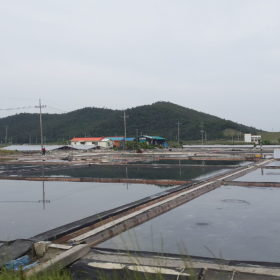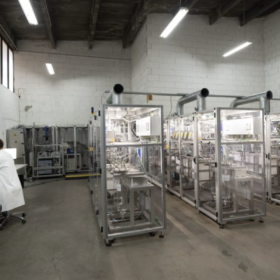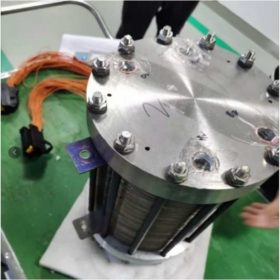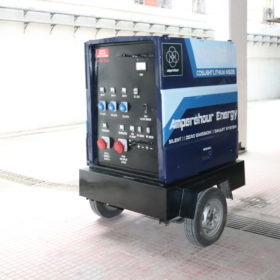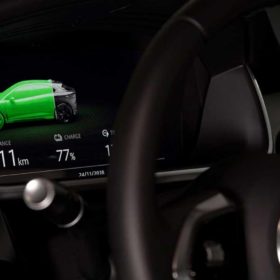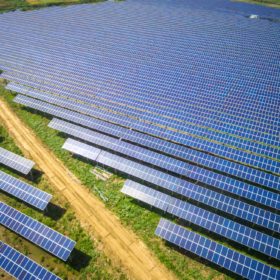‘Hypocrisy’: Australian drive to ban fossil fuel ads launched
A campaign to ban fossil fuel advertising and sponsorships has launched in Australia supported by a number of healthcare and environmental groups.
Spanish giant plans $26 billion investment in Australian renewables following government change
Spanish energy and construction giant Acciona plans to massively expand its investment in Australian renewable projects over the next five years, following the new federal government’s pledge to upgrade national electricity transmission networks.
Vietnamese government fears legal action from solar investors
The Vietnamese government is reportedly concerned about legal action from solar investors if its new power development plan does not prove ambitious enough.
Construction begins on South Korea’s largest PV project
South Korean utility Kepco is building a 200 MW solar park on a former salt farm. It said the project will be operational by June 2023.
Heat pumps ‘grossly underestimated’ technology for Australia’s decarbonisation
Interest and investment in heat pumps has surged in Europe, but in Australia the technology has struggled to find a serious foothold. Industrial heat pumps could reduce ‘hard to abate’ emissions here by 15 million tonnes per annum by 2050, according to new modelling from the Australian Alliance for Energy Productivity though. Despite the potential, dodgy technology suppliers and schemes gone awry have left a bad taste in Australia’s mouth, CEO Jarrod Leak tells pv magazine Australia.
First cathode precursor plant opens in WA university in move to capture battery value chain
As Australia seeks to move beyond its global quarry status, the country’s first Cathode Precursor Production Pilot Plant launched on Monday in Western Australia’s Curtin University.
PEM electrolysis coupled with thermal energy storage
Chinese researchers claim to have improved the performance of a proton exchange membrane electrolyser by connecting it to a thermal energy storage system.
Plug-and-play mobile energy storage system
India’s AmpereHour Energy has released MoviGEN, a new lithium-ion-based, mobile energy storage system. It is scalable and can provide clean energy for applications such as on-demand EV charging, remote construction sites, and large-scale outdoor events.
Do network operators dream of electric vehicles?
With more models entering the Australian car market and high prices at the bowser, electric vehicles are garnering more attention from both cost-aware and environmentally conscious consumers alike.
CSIRO tips global influences to stall cost reductions for renewables
Australia’s national science agency has reaffirmed integrated wind and solar PV remain the cheapest new-build electricity generation options but warned inflationary pressures and ongoing supply chain disruptions are likely to stall any further cost reductions for at least 12 months.


